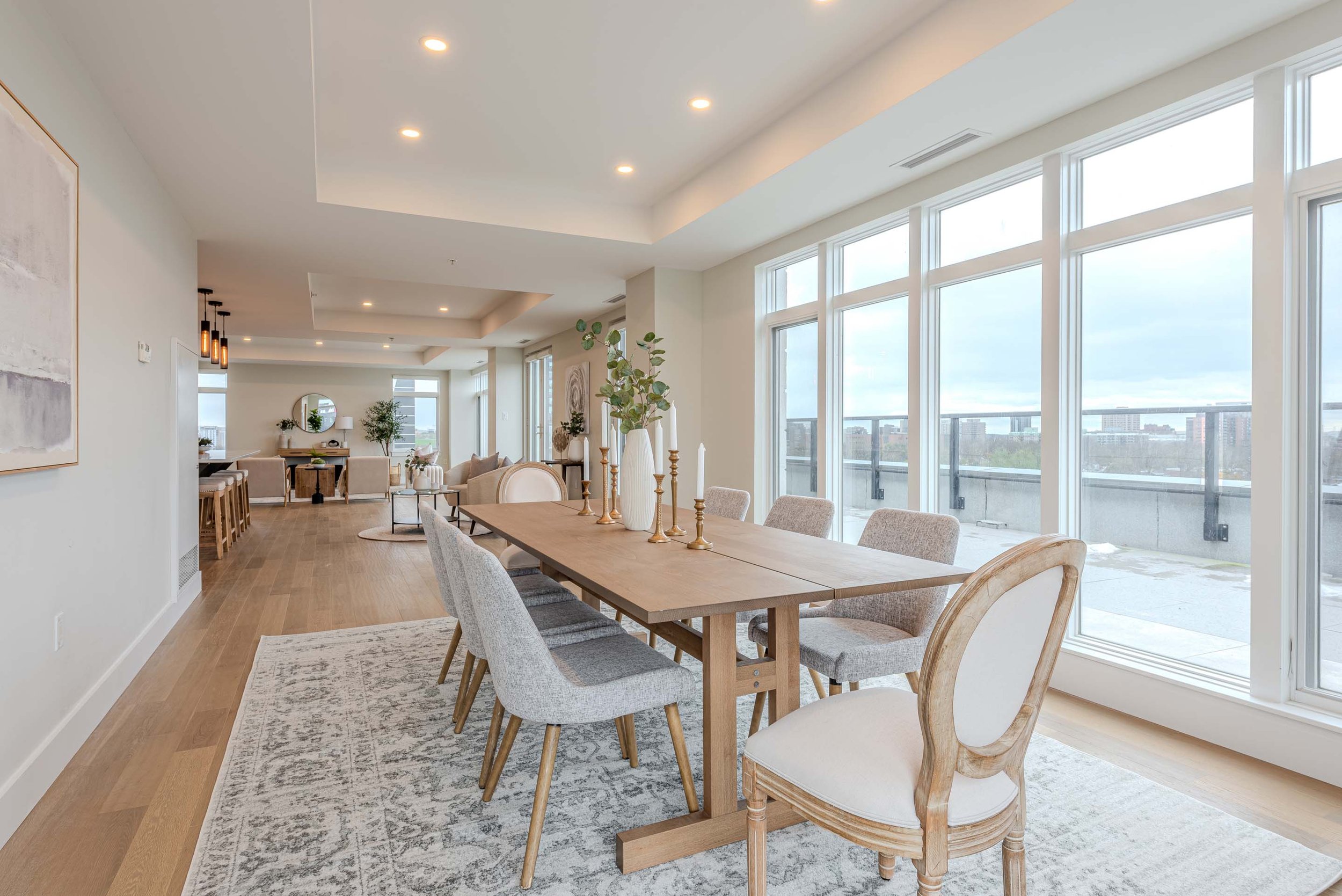Selecting the right rug size is crucial for enhancing the aesthetics and functionality of any room. Rugs not only add warmth and texture to a space but also define areas and tie elements together. However, determining the appropriate rug size can be challenging, as it depends on various factors such as room dimensions, furniture layout, and personal preference.
Correct Rug Sizes for Different Rooms:
Photo by Matt McMullen
Bedroom:
In the bedroom, the rug serves as a cozy foundation that complements the overall décor and provides comfort underfoot. Here are some guidelines for choosing the right rug size:
Under the Bed: For a balanced look, the rug should extend at least a foot beyond the sides of the bed. This ensures that your feet land on soft rug fibers when getting out of bed.
Placement: Position the rug horizontally under the bed, allowing it to peek out on all three sides.
Consider Other Furniture: Ensure the rug accommodates additional bedroom furniture such as benches, maintaining a harmonious balance in the room. Always leave at least a foot beyond the bench.
Photo by Matt McMullen
Living Room:
The living room is a central gathering space where the rug plays a pivotal role in defining seating areas and enhancing comfort. Here's how to choose the correct rug size for your living room:
Front Legs on the Rug: Ideally, the rug should be large enough to accommodate at least the front legs of sofas and chairs. This creates a cohesive seating arrangement and visually anchors the furniture. Never let your rug float in the room.
Leave Space Around the Rug: Maintain a border of 12-18 inches between the rug and the walls to frame the seating area effectively.
Photo by Matt McMullen
Office:
In the office, the rug serves both functional and aesthetic purposes, contributing to a productive and inviting workspace. Consider the following guidelines when choosing a rug size for your office:
Fit Under the Desk: Select a rug that comfortably fits under your desk and extends beyond the chair's wheels when fully pulled out. This ensures smooth movement and ergonomic comfort.
Define the Workspace: The rug should delineate the office area within a larger room, creating a designated zone for work activities.
Style and Texture: Choose a rug that complements the office décor and adds a touch of sophistication. Consider low-pile or flatweave rugs for easy maintenance and seamless chair movement.
Photo by Matt McMullen
Dining Room:
Placing a rug in your dining room can instantly change the look and feel of the space. It can add warmth, absorb sound, ground the space and add a luxurious texture under foot.
Size Around the Table: Select a rug that comfortably fits under your table and extends beyond the dining chair's when fully pulled out. This ensures that your chairs aren’t going to get hooked on the edge of the rug. Aim for 36” wider than your dining table.
Pattern: Choose a rug that has a pattern, this will help conceal any small spills or crumbs until your next cleaning. Which comes in handy when you have kids!
Pile Height: Consider low-pile or flatweave rugs for easy maintenance and seamless chair movement.
Selecting the correct rug size is essential for optimizing the visual appeal and functionality of different rooms in your home or office. By considering factors such as room dimensions, furniture layout, and personal preferences. You can choose rugs that enhance comfort, define spaces, and elevate the overall aesthetic. Whether it's a cozy bedroom, a welcoming living room, or a productive office environment, the right rug size can make a significant difference in the look and feel of the space.





